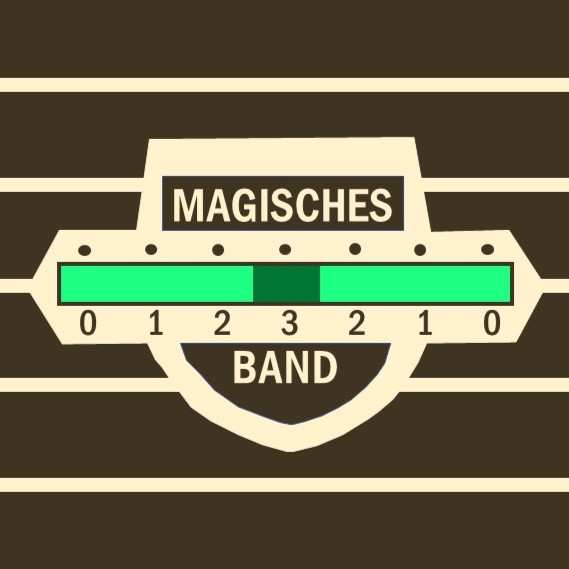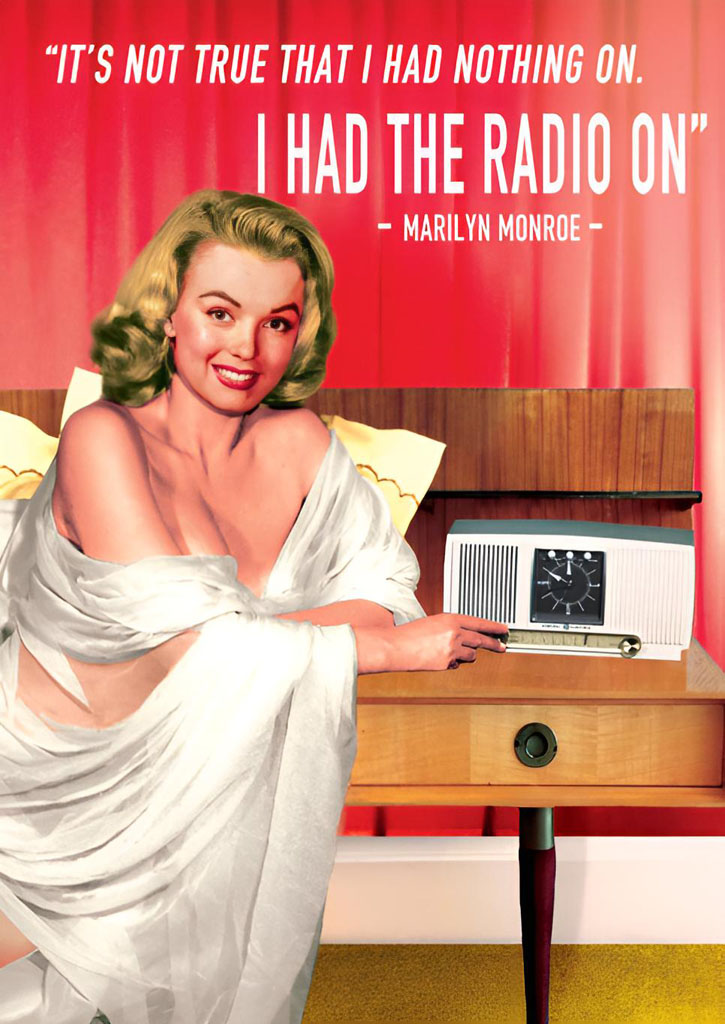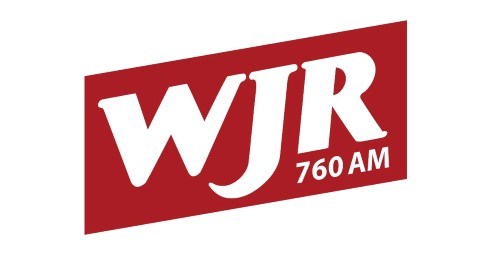
In the last few days I enjoyed pretty good Transatlantic medium wave conditions. This resulted in a couple of QSLs that I will post in the coming days. The QSL for WJR 760 Detroit, Michigan, USA, is the first of those. Mr. Keith Bosworth, regional director of engineering for the Cumulus Group was so kind to confirm my reception with full details:
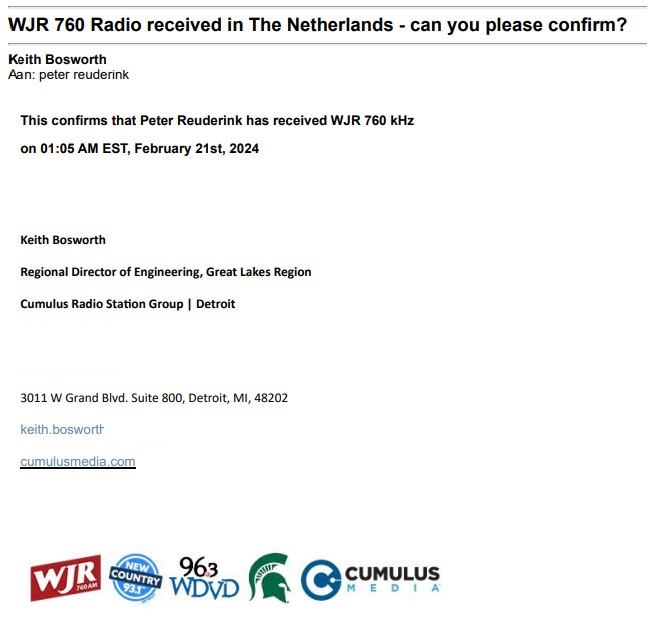
Whenever you receive a station with a three letter call-sign you can bet it is an older station with a great legacy. The roots of WJR go back to May 4th, 1922, albeit under the call-sign WCX. That is only 5 months after December 1st, 1921. On this date the US government adopted regulations formally defining “broadcasting stations”. The wavelength of 360 meters (833 kHz) was designated for entertainment broadcasts, while 485 meters (619 kHz) was reserved for broadcasting official weather and other government reports (source: Wikipedia).
WCX obtained a license for both frequencies. With a fast growing number of stations competition was fierce. Stations in the same region had to “time-share”. It took until 2023 when a band running from 550 to 1350 kHz was opened for broadcast activities. But even then WCX had to time-share on 580 kHz with WWJ from Detroit. This situation lasted until 1925, when WWJ was assigned to 850 kHz. That was also the year in which the Jewett Radio & Phonograph Company received a license for a new station. The letters of the call-sign letter WJR apparently refer to this company. This company took over WCX and the call-sign WJR survived until today.
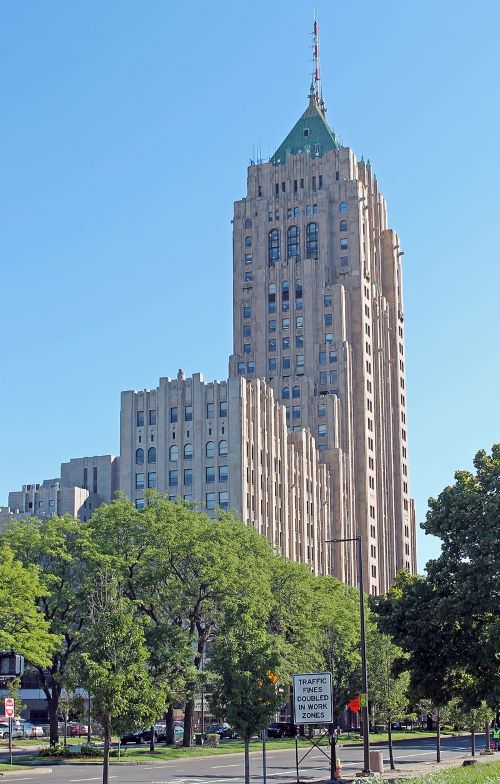
The studios are still located in the Fisher Building, a “sky scraper” in Art Deco style, built in 1928. The antennas on top of the building relay the signals to the transmitter site.

